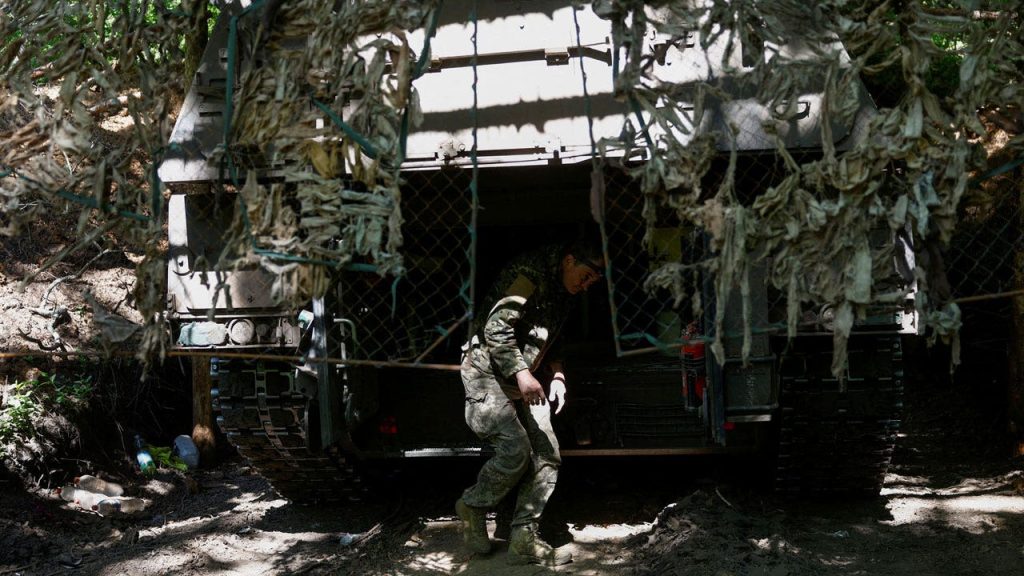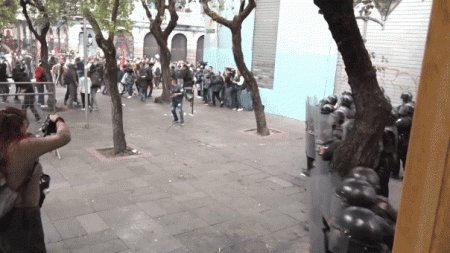The conflict between Russian and Ukrainian forces in the Donetsk region of Ukraine has intensified, with Russian troops launching ground attacks along the 621-mile front in the south and east. Ukrainian artillery units are engaged in a dangerous cat-and-mouse game with Russian drones, which are used to hunt high-value artillery weapons. These drones, such as the Lancet attack drones, pose a significant threat to Ukrainian artillery crews, who have been directly hit multiple times. Despite this, the crews have largely remained unharmed thanks to the armor of their Panzerhaubitze 2000 self-propelled howitzer.
Enemy reconnaissance drones are a constant nuisance for Ukrainian artillery units, according to senior battery officer Andriy Stavnychyi. These drones, such as the Orlan and Supercam, pose a greater risk than Russian counterbattery radar. Ukrainian troops and officials have called for increased electronic warfare systems to counter the threat posed by the drones. The Panzerhaubitze rotates among multiple hiding spots within the unit’s position, which is nestled deep in tree cover. These hiding spots feature hand-built wooden frames to shroud the vehicle from enemy surveillance.
Russian forces have targeted Western-supplied artillery such as the Panzerhaubitze, which is a priority for Moscow. Defense Minister Sergei Shoigu has pledged to focus strikes on Ukrainian storage bases housing such weapons. The 43rd Artillery Brigade battery, visited by Reuters, faces a critical shell shortage that limits the Panzerhaubitze’s effectiveness. Ukrainian troops are eagerly awaiting shipments from a delayed U.S. military aid package to replenish their supplies. Longer-range ammunition is needed to target Russian self-propelled guns far behind the front lines and protect from enemy counterbattery fire.
Repairing the Panzerhaubitze is a challenge due to limited availability of spare parts and a malfunctioning navigation system that is difficult to fix in the battlefield. Senior officer Stavnychyi mentioned that some parts could be swapped among Italian and Dutch artillery pieces under his command, but the ongoing threat posed by enemy drones complicates operations. Despite these challenges, the artillery crews are determined to maintain their defenses and precision in the face of increasing Russian aggression. By improving their electronic warfare and surveillance capabilities, they hope to increase their hit percentage and defend against enemy attacks more effectively.













